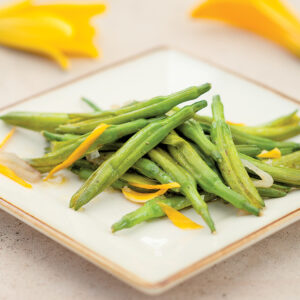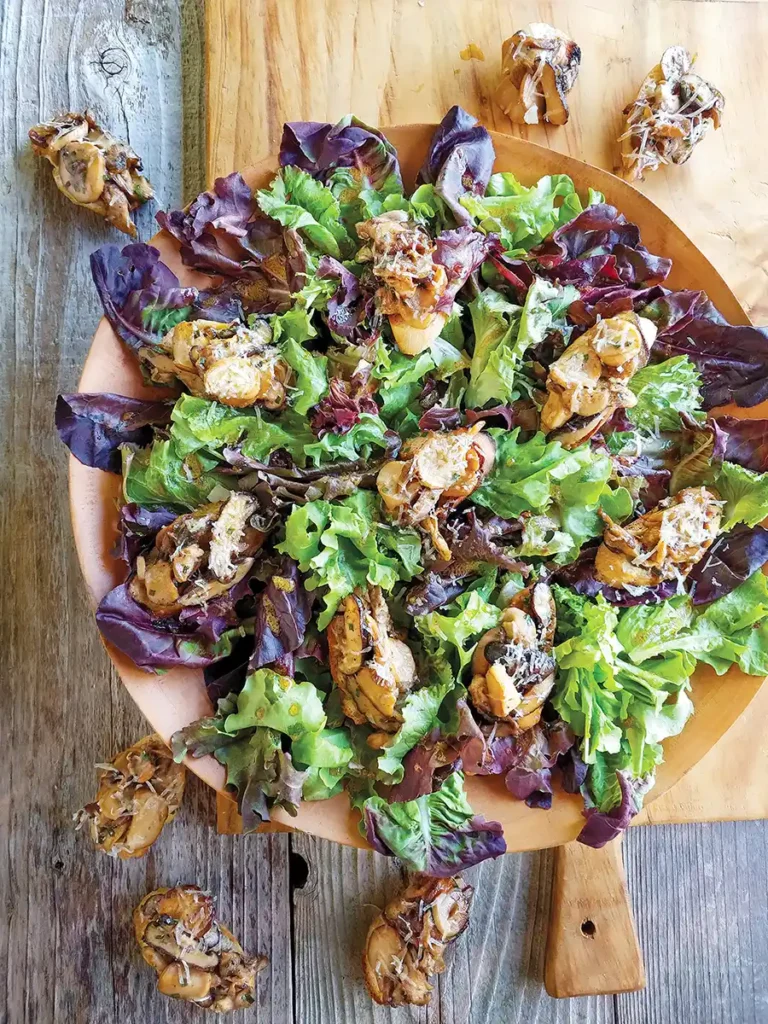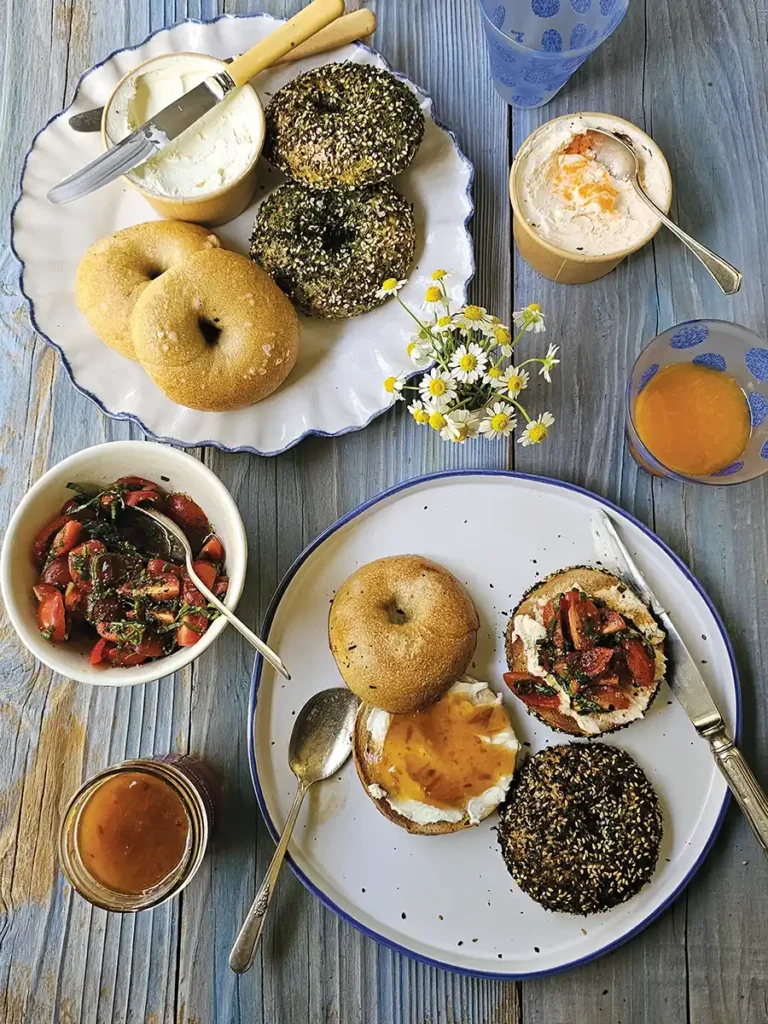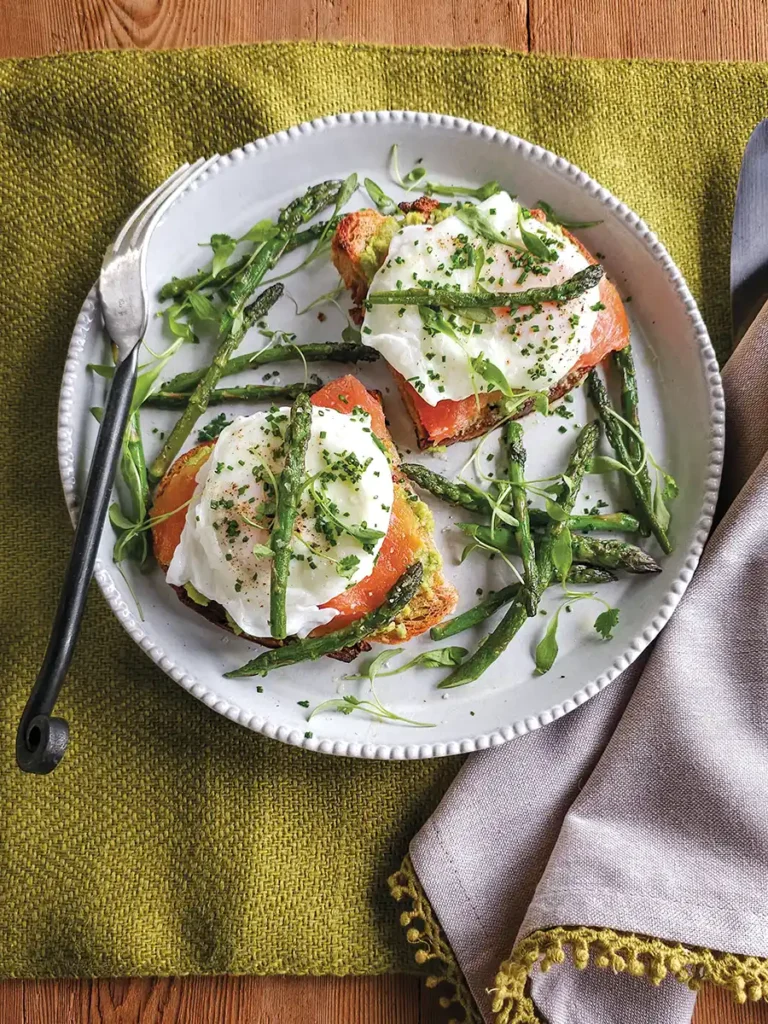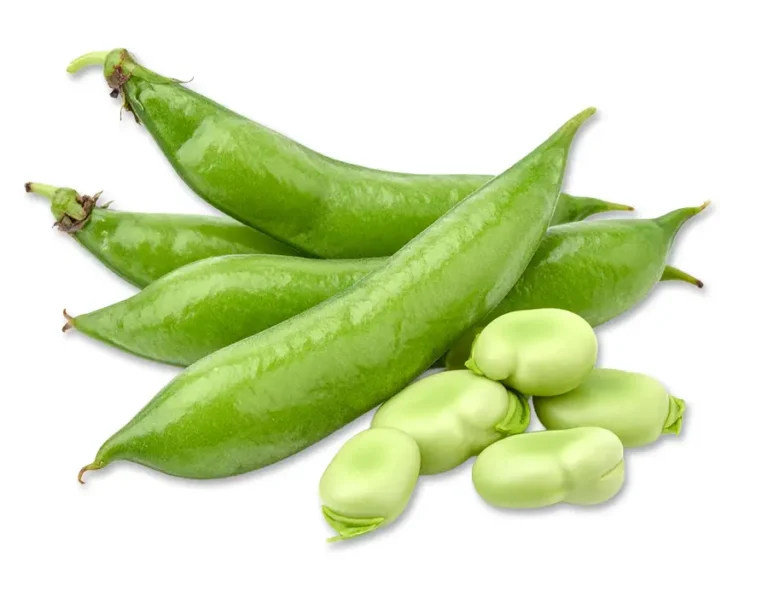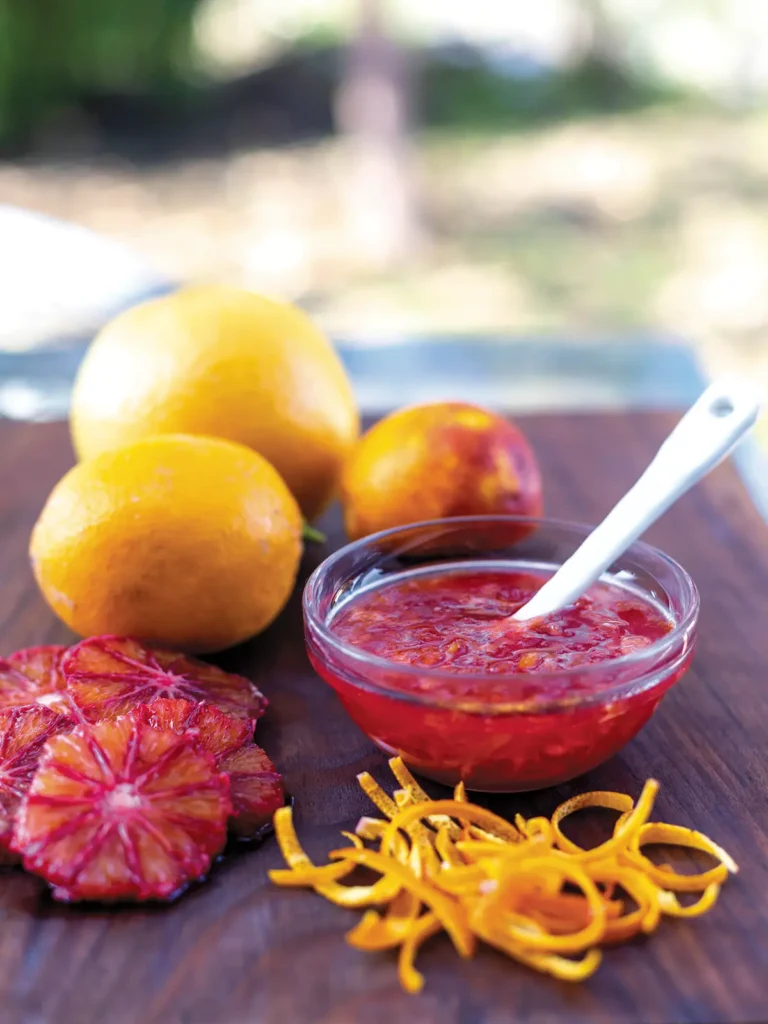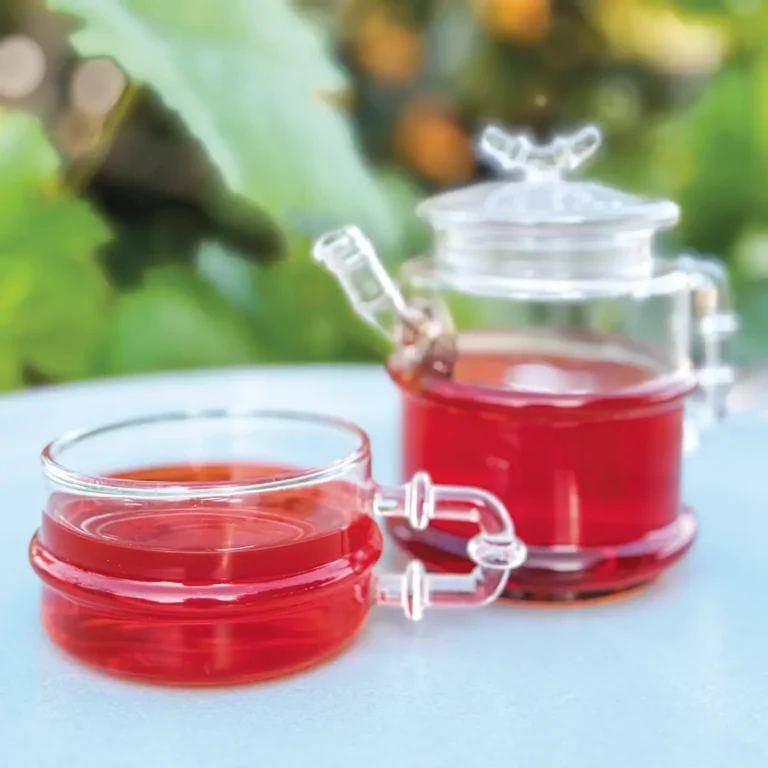Sautéed Daylily Buds
Banana Berry Truffle, Holy Guacamole, Cherry Chapeau, Lemon Curry, Mango Martini and Pistachio Eyes are the names of just a few of the growing number of daylily hybrids available today.
Sound delicious enough to eat? Well, the Chinese have been eating daylilies for centuries. Dried daylily buds are a traditional ingredient in hot and sour soup and mu shu pork. Dried buds are sold in Asian markets labeled as lily buds, Golden Needles or gum jum.
In his book Stalking the Wild Asparagus, naturalist Euell Gibbons recommended eating young green shoots in the early spring, the tasty buds and flowers in late spring and summer and the tuber-like swellings on the roots in the fall and winter.
Can You Really Eat Daylilies?
Although most parts of the daylily are edible, some people may have an allergic reaction to them. If you are trying them for the first time, start with a nibble and wait an hour before trying more. Never eat landscape plants that might be sprayed with pesticides or plants growing near a busy roadway, and do not confuse daylilies with true lilies, or lilium, which are not edible. And while most people can eat daylilies, they may be toxic to pets, depending on the variety and the amount ingested.
The pea- to almond-sized swellings on the root ends can be eaten fresh like jicama or boiled, but the roots contain some toxins so it is recommended that they be eaten in moderation. Yield is very small per plant so it’s probably not worth digging up plants to harvest, especially the really expensive varieties.
The young spring shoots can be eaten like green onions. However, even though the daylily is related to the onion, the flavor isn’t as interesting as onions or spring garlic.
Daylily flowers taste like butter lettuce. Some are sweeter than others so taste before using. You can sprinkle the petals in a salad, stuff and sauté the flowers like squash blossoms, or use the flower as a container for spreads, guacamole or sour cream. Be sure to remove the pistil and stamens before using.
I’ve saved the best for last… the buds. Choose buds that are just about to open. I sautéed a handful of buds in a mixture of olive oil and butter, then seasoned them with salt and pepper. Absolutely delicious! Phil told me that an Asian market contacted him about 10 years ago wanting to buy 2,000 kilos of daylily buds shipped fresh daily. That’s how popular the buds are in Asian cuisine.
Asian markets sell the dried buds as a vegetable ingredient and a thickening agent (you can use newly wilted flowers to thicken soups but check inside for bees before you pick the flowers). Have you eaten lily buds without knowing it? Chinese restaurants in the U.S. hesitate to use daylily buds in their dishes because a few customers might experience gastric distress or have an unexpected allergic reaction to them. If you have a really productive plant, you can pickle both the fresh buds and the newly formed seed capsules.
Culinary Ways to Use Daylily Flowers
Confetti garnish
Roll two petals together and use a sharp knife to cut thin slices. Scatter on top of any dish that needs a little color.
Salad ingredient
Add petals to a green salad.
Appetizer
Serve individual petals with a dollop of your favorite spreadable dip or soft cheese at the base of each leaf.
Container
Remove the pistil and stamens from the center of the flower and pipe or spoon into the center horseradish to serve with prime rib, individual portions of sweetened cream cheese to serve with scones or nut bread, guacamole to serve with tortilla chips, flavored butter for each bread plate or tartar sauce alongside a serving of fish.
Flower garnish
Add a fresh flower to the top of a bowl of pumpkin soup just before serving or arrange flowers on top of a frosted cake.
Stuffed flowers
Use the stuffing from your favorite stuffed squash blossom recipe; sauté in olive oil. This would work best with flowers picked at the end of the day when they are more supple.
Flower tempura
Dip in tempura batter and deep fry to as a colorful addition to tempura.
Biscuits or scones
Chop a couple of daylilies and add to the dry ingredients before you add the wet ingredients when making biscuits or scones.
Photo by Erin Feinblatt

